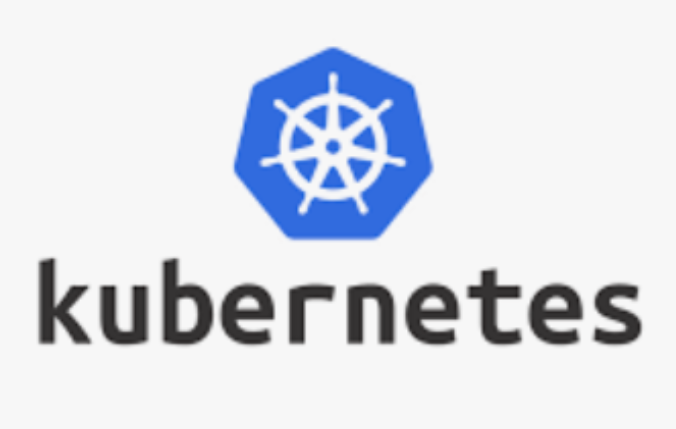4.A Beginner’s Guide to get started with Kubernetes:
 Venkatramanan
VenkatramananTo get started with Kubernetes, it’s essential to understand its core components and concepts, as they are the building blocks of the entire platform.
Overview:
Kubernetes (often abbreviated as K8s) is an open-source platform designed to automate the deployment, scaling, and management of containerized applications.
Developed by Google, Kubernetes is now maintained by the Cloud Native Computing Foundation (CNCF) and is widely used for orchestrating containers across clusters of machines.

Here’s a breakdown of the key components and concepts:
1. Kubernetes Control Plane Components
These components are responsible for controlling the cluster, managing workload distribution, and maintaining the desired state.
API Server (kube-apiserver):
Acts as the gateway for all interactions with the cluster.
Every command and action goes through the API Server.
etcd:
A distributed, consistent key-value store used to store all cluster data (configuration, state, etc.).
It’s a central database for Kubernetes.
Scheduler (kube-scheduler):
- Assigns Pods (the smallest deployable units in Kubernetes) to nodes based on factors like resource requirements and affinity rules.
Controller Manager (kube-controller-manager):
- Runs various controllers (e.g., Node, Replication, Endpoints, and Service Account controllers) that ensure the cluster is in its desired state.
2. Node Components
Each worker node runs several essential components to maintain communication with the Control Plane and manage workloads.
Kubelet:
- An agent on each node that communicates with the API Server, ensures containers in Pods are running, and manages lifecycle events.
Kube-proxy:
Handles networking within and outside the cluster.
It manages the routing and load balancing of network traffic to Pods.
Container Runtime:
- Runs the actual containers. Popular runtimes include Docker, containerd, and CRI-O.
3. Core Kubernetes Objects
Pods:
The smallest, most basic deployable object in Kubernetes.
A Pod usually contains one or more containers that share the same network and storage.
Services:
- Define a stable network endpoint for a set of Pods, allowing applications and external clients to access them reliably, even as Pods are replaced or rescheduled.
Refer the below blog to know more about Services:
Namespaces:
- Provide a mechanism for isolating resources within the cluster, useful for multi-tenancy or to separate environments (like dev, test, and prod).
Volumes:
- Manage storage for Pods, allowing data to persist even if the Pod is recreated.
ConfigMaps and Secrets:
Used to store configuration data.
ConfigMaps hold non-sensitive data, while Secrets hold sensitive data (e.g., passwords).
4. Workload Resources
These resources define how Kubernetes deploys and manages application workloads.
Deployments:
Provide declarative updates for Pods and ReplicaSets.
They are a primary method for managing stateless applications.
ReplicaSets:
- Ensure a specified number of identical Pods are running, supporting fault tolerance by replacing failed Pods.
Refer the below Blog to know more about ReplicaSets:
StatefulSets:
- Manage stateful applications, like databases, where each Pod requires a unique identity and stable storage.
DaemonSets:
Ensure that a copy of a Pod runs on each node.
Commonly used for logging or monitoring agents.
Jobs and CronJobs:
- Manage one-time and recurring tasks, respectively.
5. Ingress
- Provides routing rules to manage external access to services within the cluster, commonly used with HTTP and HTTPS traffic.
6. kubectl
The command-line tool used to interact with a Kubernetes cluster.
You’ll use
kubectlcommands for tasks like deploying applications, inspecting resources, and managing clusters.
7. Monitoring and Logging
Tools like Prometheus and Grafana for monitoring
Elasticsearch, Fluentd, Kibana (EFK) stack for logging, help monitor cluster health and troubleshoot issues effectively.
Final Summary:
Understanding these concepts will lay a solid foundation to start working with Kubernetes, deploying applications, and managing cluster operations.
Venkat C S
Subscribe to my newsletter
Read articles from Venkatramanan directly inside your inbox. Subscribe to the newsletter, and don't miss out.
Written by

Venkatramanan
Venkatramanan
Myself Venkat! I have been working as Cloud & Devops engineer for past 3+ years with strong foundation in AWS Cloud and Devops practice 3x AWS Certified & 1x Azure Certified My area of expertise includes Cloud=AWS & Azure Version Control=Git & GitHub Container=Docker Container Orchestration= Kubernetes OS= Linux & Windows Monitoring Tools=Zabbix ,PRTG ,Grafana ,Loki Firewall= Sonicwalls,Sophos